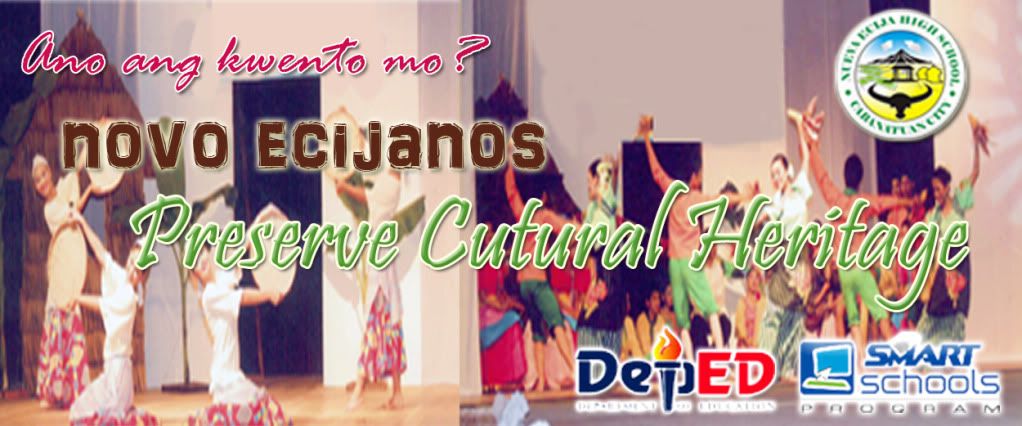
(PLEASE CLICK ON THE PICTURE SLIDER TO VIEW VIDEOS...) ARE YOU FOND OF DANCING???!!! IF YOU SAY YES..... OR OTHERWISE..... WE WELCOME YOU TO OUR BLOG SITE.. INTRODUCTION Filipinos as known to have rooted from Malay origins are typically built with small stature and brown complexion. A not so ideal feature of a graceful dancer as compared to western and Latin Swayers. ...

